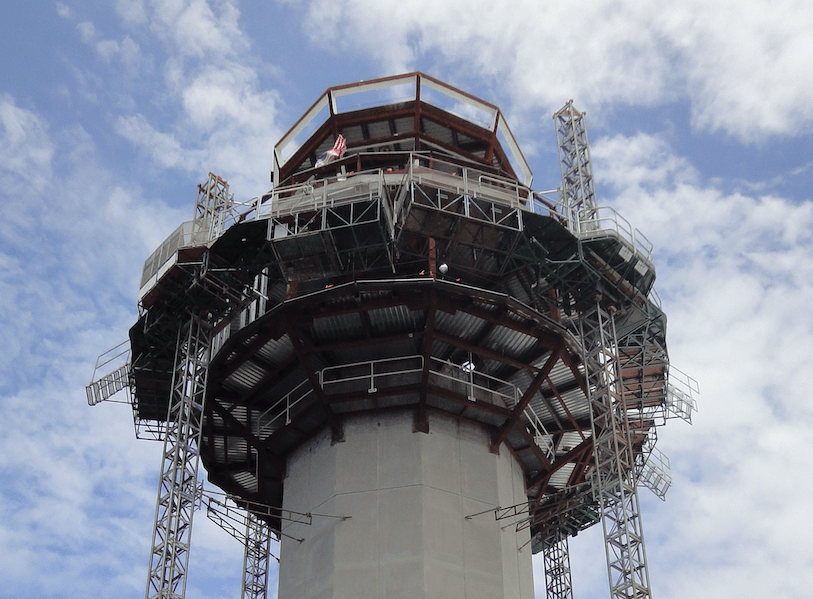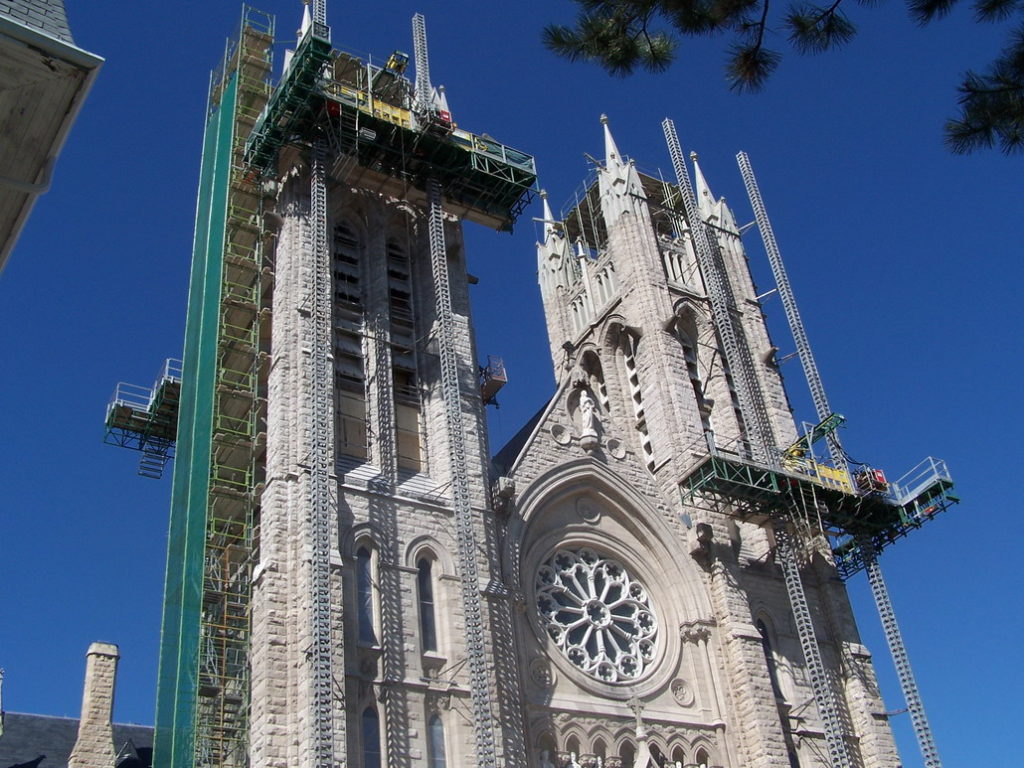Words and Photos: Kevin O’Shea, HYDRO MOBILE INC
We all make resolutions for the New Year or for lifestyle changes, and most of them are based around the desire to lose weight, get healthy, stop smoking, improve fitness and an array of similar ideas and commitments designed to generally improve the quality of life.
Before you decide on your next self-improvement commitments, ask yourself this important question, “What would happen to my family’s well-being and quality of life if my business should fail or if I had a serious debilitating injury?”
For many, if not all, the answer to this question would be the same; the consequences would be disastrous. Imagine your family’s standard of living if your income was missing, the family health care plan gone, your 401K stalled, all because of an accident either to you or to one of your employees.
As a company owner or employee, you have responsibilities, responsibilities in your job, and responsibilities to your family. When you are ‘in the thick of it’ on a busy job site, don’t forget about your responsibilities to your family and yourself.
Our working environment is all about productivity, getting the job done, and making money, and these are important issues, but imagine a scenario where, because of an accident, your ability to earn money is gone. Sadly, for many in our industry, their ability to earn is gone because of an accident, and they have to deal with the nightmare that ensues.
So, why don’t you consider making personal resolutions which will really mean something for the security of you and your family?
Resolve to improve your safe working practices!
Here are some questions you should be asking yourself with regard to your own safety or the safety of your employees. These are just a few examples of the safety aspects you need to consider:
Confined Spaces (e.g. stairwells, elevator shafts)
- Have you assessed the risks involved in working in a confined space? Have you considered:
- Ingestion of fumes from gas or diesel engines, which could cause incapacity
- Noise levels, which can damage hearing and also prevent communication
- Difficult ergonomic working conditions, leading to repetitive strain injuries
- Do you have a rescue plan? Have you considered:
- Response time
- Safe removal of a worker who has become incapacitated
- Safety equipment for the rescue team (and have they been trained to use it?)
REMEMBER – YOU ALWAYS NEED A RESCUE PLAN, AND 911 IS NOT AN ACCEPTABLE RESCUE PLAN

Working At Height
- Are all guardrails in place and secure?
- If working on a scaffold or a mast climber is the distance between the platform and the face of the work less than the regulations stipulate if you have removed a guardrail, and remember it is the duty of the employer to put in place appropriate fall protection measures whenever a fall hazard exists?
- Are there any trip hazards on the platform?
- Loose material
- Tools
- Loose planking
- Lanyards or retractables
- Are you planning to lift any tools or materials which might cause you to overbalance?
- Is everyone on the working platform trained and aware of fall hazards?
- If fall protection equipment is required:
- Is everyone trained in the use and inspection of the equipment
- Has all the fall protection equipment been inspected by a qualified person?
- Is the fall protection plan for arrest or restraint?
- If it is an arrest plan, do you have appropriate rescue measures in place?
- Are there proper anchor points available and identified?
Planking
- Are you using OSHA grade planking and is it in good condition?
- Is the planking secure?
- Is the planking constructed to OSHA standards, with respect to:
- Overhang distances
- Support distances
- Overlaps
- Bearing procedures when turning corners
- Gaps between planking
- Is the planking being inspected pre-shift by a qualified person?
New, Inexperienced or Young Workers
- Have they been trained?
- Are they being adequately supervised?
- Do you listen to their concerns and answer them constructively?
- Are you reinforcing the safety message during tool-box talks?
- Do they have appropriate PPE and PFPE, and have they been trained in its use?
Make a resolution for you, your family, and your employees and colleagues.
Make a resolution to work safer than you have before. Resolve to think about safety in the workplace as part of everyday working. Respect the safety of others.
Ensure your families’ and your co-workers’ or employees’ families’ security in the future by ensuring your own safety and the safety of others on the job site.
